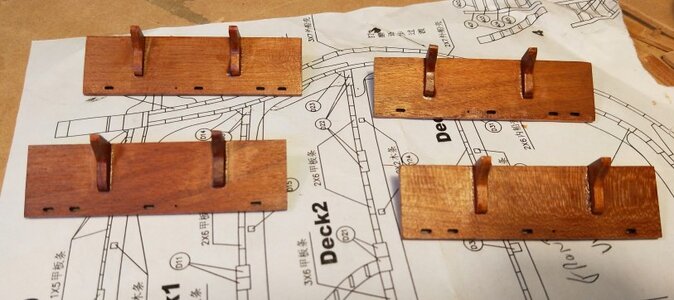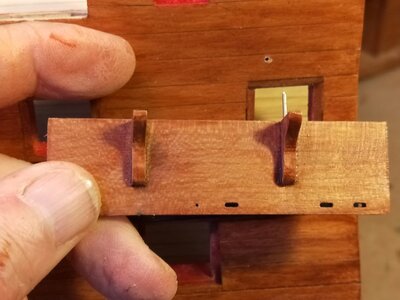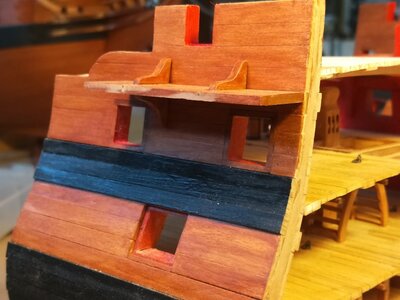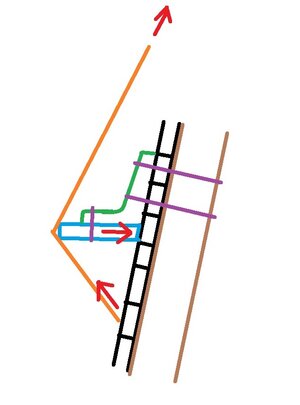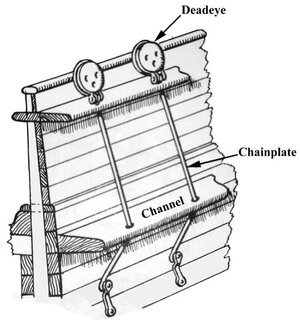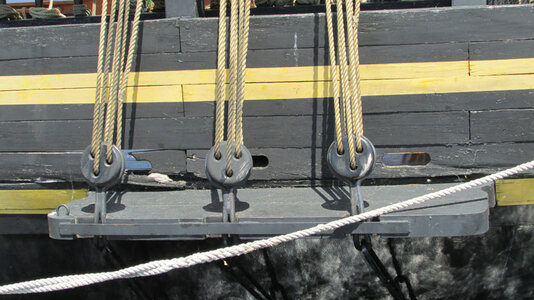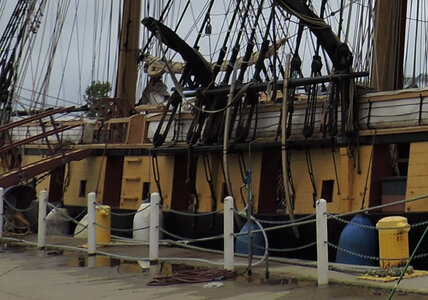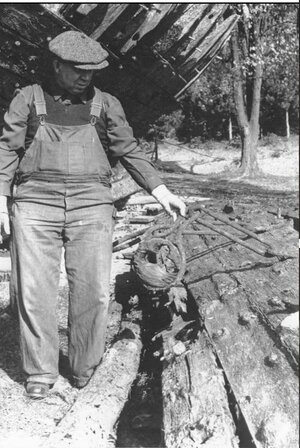When attaching channels I think most modellers use glue and nails/screws. The channel is positioned against the side of the hull and affixed to a plank. Now on to my question.
When one makes furniture sometimes a part of the table, chair what have you is “let in” to another part of the piece. Has this ever been a practice when ships were built?
The use of this would certainly add strength to the channel, no?
John
When one makes furniture sometimes a part of the table, chair what have you is “let in” to another part of the piece. Has this ever been a practice when ships were built?
The use of this would certainly add strength to the channel, no?
John




